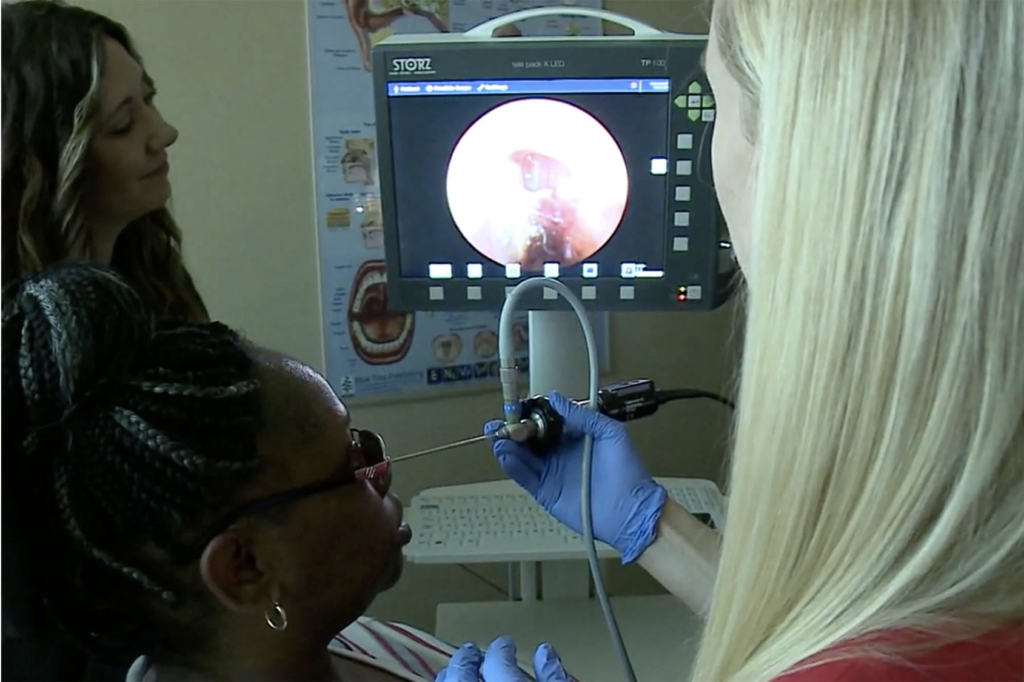
She thought it may have been allergies, or maybe even a bad cold, but for the past two years, 52-year-old Kendra Jackson of Omaha, Nebraska, had been living with cold/flu-like symptoms in a constant runny nose. That is, until she discovered her runny nose was actually fluid from inside her brain.
Yes, fluid leaking from her brain.
Doctors had dismissed it as allergies whenever Jackson would bring it up. In Spring 2018, physician assistant Carla Schneider from Nebraska Medicine in Omaha said it was not allergies at all. It was actually a cerebrospinal fluid leak caused by a hole in her skull. Cerebrospinal fluid acts as a protective layer to the brain. And Jackson was losing half a liter of the fluid a day.

Jackson described her runny nose like "a waterfall," telling KETV she always kept tissues with her. She also suffered from chronic headaches that made it nearly impossible to sleep. It began after she was in a car crash in 2013, when her face hit the dashboard.
“When it didn’t go away, I kept going back and forth to the doctors, and they prescribed every kind of medicine you can think of, and my nose just kept on running,” Jackson told CNN. It was reported that there were times Kendra would be suicidal because of the constant issue.
Jackson’s doctors believe the hole formed on the thin bone that separates the cranial and nasal cavities after she was involved in a serious car accident that caused her to hit her face on the dashboard. “She was rear-ended and had head trauma, so it’s certainly possible,” Dr. Christie Barnes, a rhinologist and Jackson’s lead surgeon, told CNN. “It may have caused a bit of a thin area there. Her symptoms actually started a little bit after (the accident), so for her, I think there’s probably a combination of both the trauma and the increased pressure.”
Cerebral spinal fluid leak results when the fluid around the brain leaks through a hole through the skull bone. This fluid can either drain from the ear or the nose, depending on where the skull bone is damaged.

Patients typically complain of clear, watery drainage usually from only one side of the nose or one ear. Drainage can increase with tilting the head forward or straining. Other symptoms can include...
... headaches, vision changes, and hearing loss.
CSF leaks can be separated into two groups. Spontaneous leaks occur without any known cause. Traumatic leaks are most commonly related to a history of head injury, surgery, or tumors.

Along with neurosurgeon Dan Surdell, Barnes surgically fixed the "potentially dangerous problem" several weeks ago, Nebraska Medicine released in a statement.
If left untreated, the leak could have caused a life-threatening infection, because bacteria from the nose could have passed to the brain.









